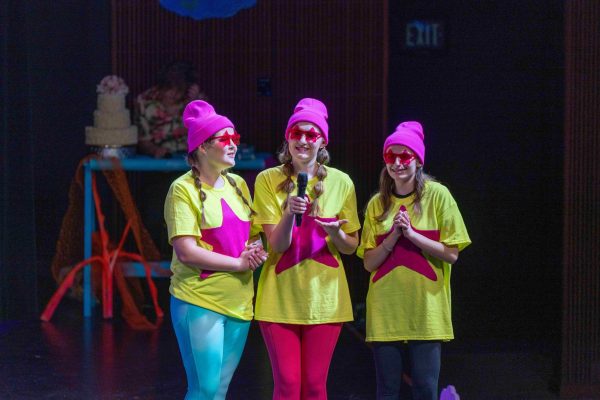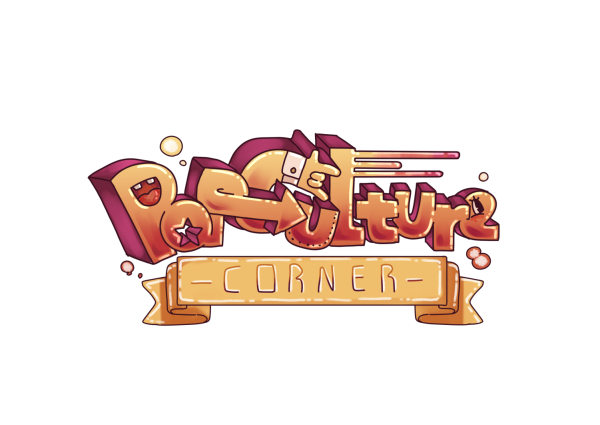Film industry needs more women
From its birth, the film industry has always been dominated by men.
Despite feminist culture making its way into mainstream society, the battle for gender equity in Hollywood ensues.
Hollywood is already in hot water for their inability to include minorities in their films, and the issue extends to an even bigger demographic: females.
There are many opinions, including Matt Damon’s contreversial comments of 2015, questioning whether the demographics of the off screen staff have much importance.
Even you may be wondering why it’s necessary for there to be more female filmmakers. The number of reasons and extent of the problems may surprise you.
DVC film professor Barbara O’Neill explains it clearly.
“Women simply aren’t getting enough opportunities,” O’Neill said. “They are treated as second-class professionals, and there are a lot of prejudices against women in the industry.”
The fact is that one of the most popular media forms in our society is unable to represent a demographic that makes up about 50 percent of the world.
Women make up 52 percent of moviegoers. But in the top 100 grossing films of 2016, only only 4 percent of directors, 11 percent of writers, 3 percent of cinematographers, 19 pecent of producers, and 14 percent of editors were women, according to womenandhollywood.com,
In 2016, 32 percent of top grossing ilms failed the Bechdel Test, which requires a story to have at least two women who engage in a conversation about something other than a male, according to splinternews.com.
Less women in the filn industry has led to improper representation of women and the inclusion of detrimental gender roles and stereotypes.
This lack of exposure has also led to extremely limited recognition for female filmmakers, only four of whom have ever been nominated for an Oscar award. Of those four, only one, has ever won the Best Director award. Bigelow won for “The Hurt Locker” in 2008.
O’Neill also cited examples of Alma Reville and Thelma Scorcese, the wives of Alfred Hitchcock and Martin Scorcese, who not only contributed to many of the creative ideas within their works, but also co-wrote a lot of their films. Their efforts haven’t been widely advertised.
When asked about the idea of affirmative action being implemented in production companies, O’Neill was clear on her stance.
“That’s not the answer,” she said. “That would just create arguments about women not earning their stripes and it being handed to them. It has to be organic.”
She explained that studios have to be open to the ideas of female filmmakers and cannot be forced to hire them.
The divisive behavior of the industry seems to root all the way in the early stages of film school.
O’Neill, who received her masters degree in film and creative writing from San Francisco State University, said that in their tight knit program only two of the seven students were women.
Cal High senior Ali Badain, who currently interns at Silver and Black Productions, is a prospective film student who hopes to study film production in college. Badain has had several internships at production companies and has observed similar statistics to O’Neill’s.
In a film internship program this past summer at USC, Badain said she was one of only 17 girls selected for the program, which included 100 students.
In her internship at Atomic Productions, only two of 15 interns were female.
With the summer blockbuster releases of Patty Jenkin’s “Wonder Woman” and Sofia Coppola’s “The Beguiled”, it’s clear things are somewhat progressing.
For the first time, the prestigious American Film Institute, which has produced a number of successful film makers like Jenkins, had more female than male students in 2016, according to variety.com.
Still, the statistics cannot be denied. Badain sums it up best.
“It’s gotten better,” she said, “but there is still such a prevalent gap.”



